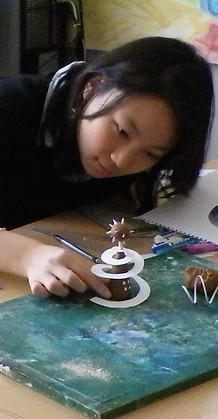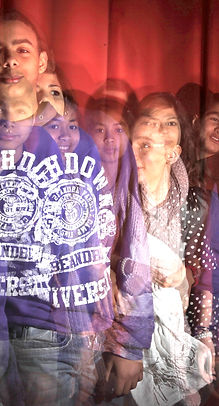Classroom Management


Establishing Routines
Strategies for the Intermediate / Senior Division
The classroom is a learning space. It has to be respected as such. Stepping out of the classroom to welcome the students and waiting for them to be quiet before entering the class is a good way to reinforce it.
The classroom is a practical space. It has to be organized so teachers and students can circulate and work in the best conditions. Different space can be organized to work in groups or by ourselves, to read, listen or paint.
Practice respect to receive respect. A trusting relationship begins with the way we talk to each other. Interrupting someone who is talking is unacceptable in the classroom.
Silence is powerful. There is no use talking to someone who doesn’t listen. Students usually don’t like silence if it doesn’t have a purpose and will quiet down if the teacher stops talking.
Count down strategy: gives the students (and the teacher) time to compose themselves. It can either be used to get some order back or as a game to get something (tidying up for example) done quickly.
“Say what you do…” Students need to be given clear and identifiable learning goals for each lesson. Courses’ objectives can be written on the board at the beginning of the session and crossed as they are done.
“… Do what you say”. Making sure we can do what we announced encourages students to trust us: we shouldn’t promise an activity that we are not sure we can deliver or threat with a sanction we can’t implement.
A classroom can be a theater stage. I sometime think teachers must be actors. Acting out of character or varying the tone of our voice can surprise the students and bring them back on focus.
The way students enter the classroom is as important as the way they leave it. Tidying before leaving is a must as well as waiting for the teacher to signal it’s okay to leave at the end of a course
An enthusiastic teacher makes for enthusiastic students.
Conflict Mediation
During a Visual Arts course (8th grade) about Readymade, students were asked to dispose of the class’s furniture in order to produce a sculpture. One student, Koumba, with an IEP including programs and courses with alternative expectations, starts making trouble: shouting at other students, dropping chairs and tables on purpose and endangering himself and others physically. I knew this student well and tried to communicate with him to let him know that I was concerned about him and to figure out what was troubling him.
Koumba is a very sweet boy when one-on-one but gets very upset and overwhelmed when confronted to an assignment he doesn’t understand. After a few discussions’ attempts, I had to call for help and Koumba, on the floor, shouting and hitting, had to be removed form the class. I explained that I would go and speak to him at the end of the class and we resumed our activities easily. Indeed, when I met him afterwards he had calmed down and was able to tell me what went wrong (I had not acknowledged a question he thought he had asked at the very beginning of the course, while I was explaining the assignment to the class).
This is obviously an extreme case and I do believe that communication with the students and their parents is usually enough for a crisis to deescalate.
The following steps can be usefull to keep in mind for a teacher / student discussion (active listening strategies in the Shared Solutions guide):
- Explore: ask engaging questions;
- Restate: restate what the student said so that they know we understand the problem;
- Clarify: explain why their actions can have a negative effect on the class and their learning.
- Summarize: summarize what was discussed to make sure the student understands your point of view.